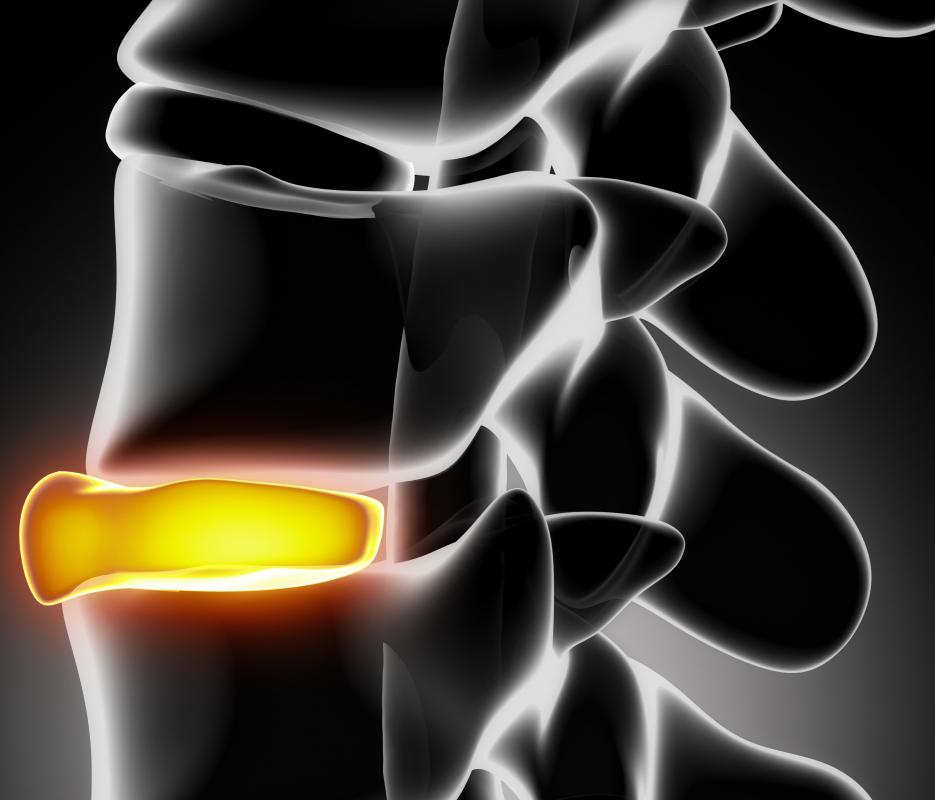At WiseGEEK, we're committed to delivering accurate, trustworthy information. Our expert-authored content is rigorously fact-checked and sourced from credible authorities. Discover how we uphold the highest standards in providing you with reliable knowledge.
What is an Inversion Table?
An inversion table is used to perform inversion therapy. Inversion therapy is a form of alternative medicine in which a person hangs upside down by his ankles, or is otherwise suspended in a vertical position. This therapy is designed to alleviate back pain, improve circulation, and otherwise aid in body functions.
Advocates of inversion therapy believe that gravity presses down on people, causing pressure on the spine. The repeated pressure of gravity can cause the spine to become compressed, which can create problems with vertebrae. The compression of the spine can create slipped discs, pinched nerves, sciatica ad other related issues.

The premise behind inversion therapy is that, when a person hangs upside down or otherwise inverts, he or she reverses the effects of gravity. The spine is able to extend, and gravity can reduce the compression and tension. In effect, believers suggest that being inverted undoes the pressure that standing and walking creates.
Inversion therapy is conducted in two major forms. First, inversion therapy can be conducted using an inversion table. Alternatively, inversion therapy can be conducted using gravity boots and an apparatus that allows the patient to hang upside down.

An inversion table is thought by some to be the better method of conducting inversion therapy. An inversion table allows the patient to invert at multiple angles, instead of just upside down. Tables may also be easier to get into and to use than gravity boots.
Although some advocates swear by inversion therapy, there is insufficient evidence within the medical community to prove the effectiveness of inversion as a medical therapy. There is a lack of clinical trials or studies demonstrating either benefits, or lack thereof. Most of the evidence of the success of inversion comes from anecdotal evidence on the internet.

There are also certain risks associated with using an inversion table. For example, patients should not use an inversion table when alone in the home. Being inverted could cause fainting or light-headedness, and it may be difficult to get off of the table or out of the gravity boots quickly in the event of an emergency.
Certain classes of people should refrain from using inversion therapy. Those who are pregnant or who suffer from high blood pressure should avoid the treatment. People with heart diseases or glaucoma should also refrain from inverting, at least without a doctor's express consent and supervision, due to the increased risks inversion presents.
AS FEATURED ON:
AS FEATURED ON:















Discuss this Article
Post your comments